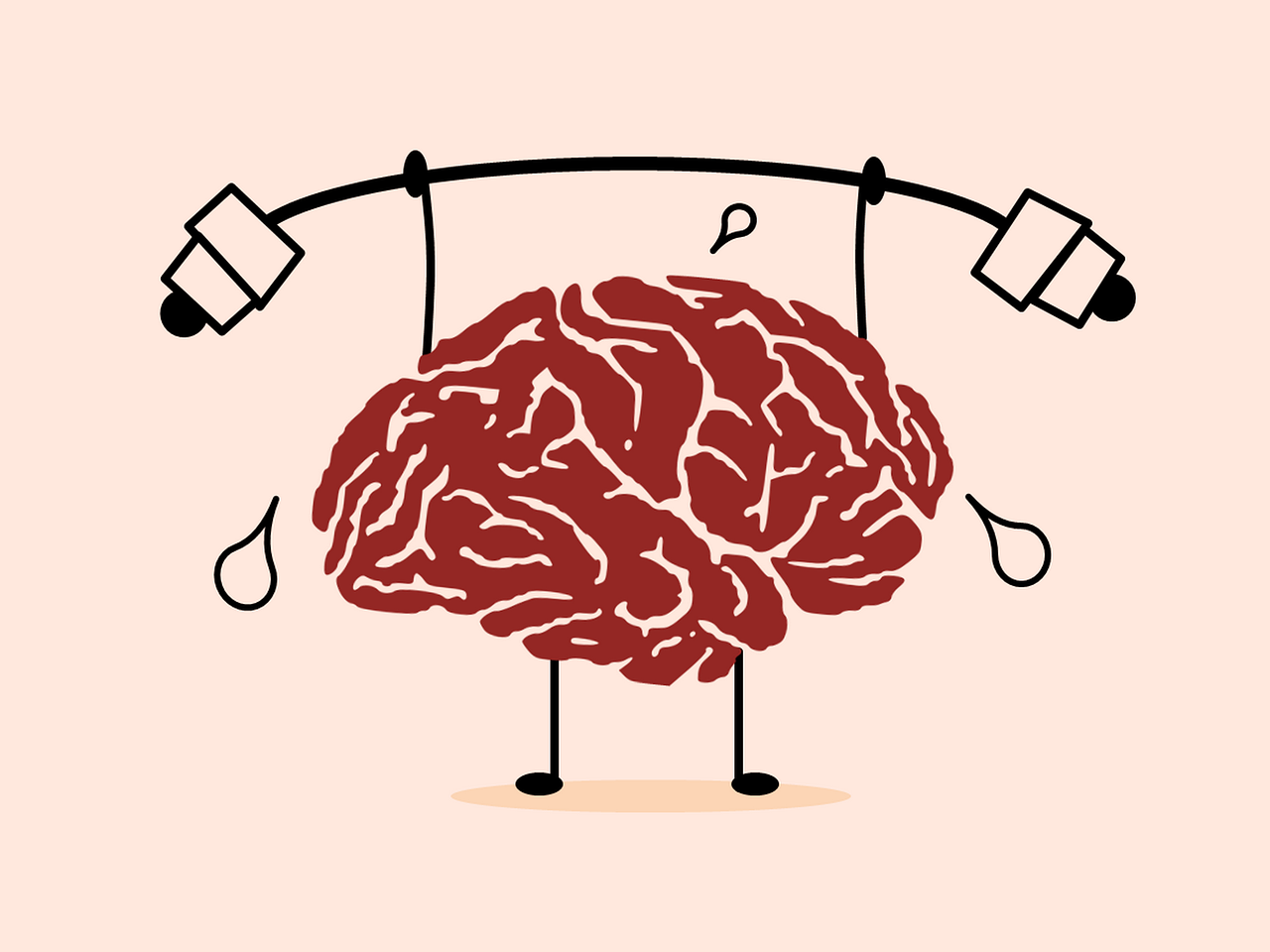Brains, Like Bodies, Need Reps: Rethinking How We Train at Work
We all know someone who hits the gym hard for a week, burns out, and disappears. They try to make up for lost time by doing too much at once, but their body doesn’t respond the way they hoped. You can’t cram fitness. You need consistent effort over time, not one-off marathons. The same is true for learning.
The brain doesn’t adapt through information binges. It adapts through spaced, repeated challenges. When you return to an idea just as you’re starting to forget it, your brain has to work harder to retrieve it. That effort strengthens the memory. It’s a process known as retrieval practice, and it’s one of the most well-researched strategies in learning science. We don’t store information by hearing it once. We store it by recalling it over and over, under slightly more difficult conditions each time.
Yet many corporate training programs still follow a “one-and-done” approach. A full-day workshop. Maybe two. Delivered in bulk, with minimal follow-up. There’s often no system to revisit key ideas or reinforce core skills. The assumption is that if employees were shown the content, they’ve learned it. But exposure is not the same as learning. Information delivery is only the beginning. What matters is what gets retained, and whether it changes behaviour weeks or months down the line.
If you only train once, you’re not building capability. You’re creating a temporary impression. Without reinforcement, that impression fades quickly. The forgetting curve shows that most new information is lost within days unless it’s actively retrieved. Even the most engaging session won’t overcome biology. Our brains are wired to forget what isn’t revisited.
This doesn’t mean training has to become longer or more expensive. It means designing differently. Smaller sessions, spaced out over time. Regular check-ins. Opportunities for employees to reflect, recall, and apply what they’ve learned. It also means embracing the discomfort that comes with effortful retrieval. When something feels easy to remember, it probably hasn’t been learned deeply. When it feels harder, you’re likely building stronger neural connections.
Most organisations are still using training models that prioritise convenience and scale over actual learning. It’s easier to coordinate one big session than several smaller ones. It looks more efficient. But what looks efficient on paper often turns out to be costly when skills aren’t retained, and performance doesn’t improve. Training becomes a checkbox exercise. The budget gets spent, the attendance gets ticked off, but the behaviour in the workplace stays exactly the same.
If we’re going to treat training as an investment, we have to start holding it accountable for outcomes, not just activity. That means tracking more than attendance. It means asking: what did people remember two weeks later? What changed in how they worked? What problems did this training actually help solve?
These are uncomfortable questions. But they’re the right ones. Because the point of training isn’t to deliver content. The point is to build capability that lasts. And that requires structure. It requires repetition. It requires spacing. It also requires resisting the temptation to overfill every session. In learning, less is often more as long as that "less" is returned to, reworked, and retrieved.
The good news is, this isn’t difficult to implement. Many of the principles that make learning stick such as spacing, retrieval, feedback, and real-world application, can be built into existing programs without major overhaul. It starts with changing how we think about the role of training in the first place. Instead of an event, it becomes a process. Instead of focusing on what’s delivered, we focus on what’s retained. Instead of a single session, we build a rhythm.
This shift doesn’t just improve retention. It also builds confidence. When people revisit material and realise, they remember it, it reinforces their belief in their own ability to learn and apply new skills. That confidence carries forward into performance, decision-making, and problem-solving. It doesn’t just stay in the training room.
In the gym, results come from regular sessions, properly spaced, with the right mix of challenge and recovery. Learning works the same way. Real capability is built through reps, not a once off event.
Daniel Smart
Founder,
Dendrite Learning
